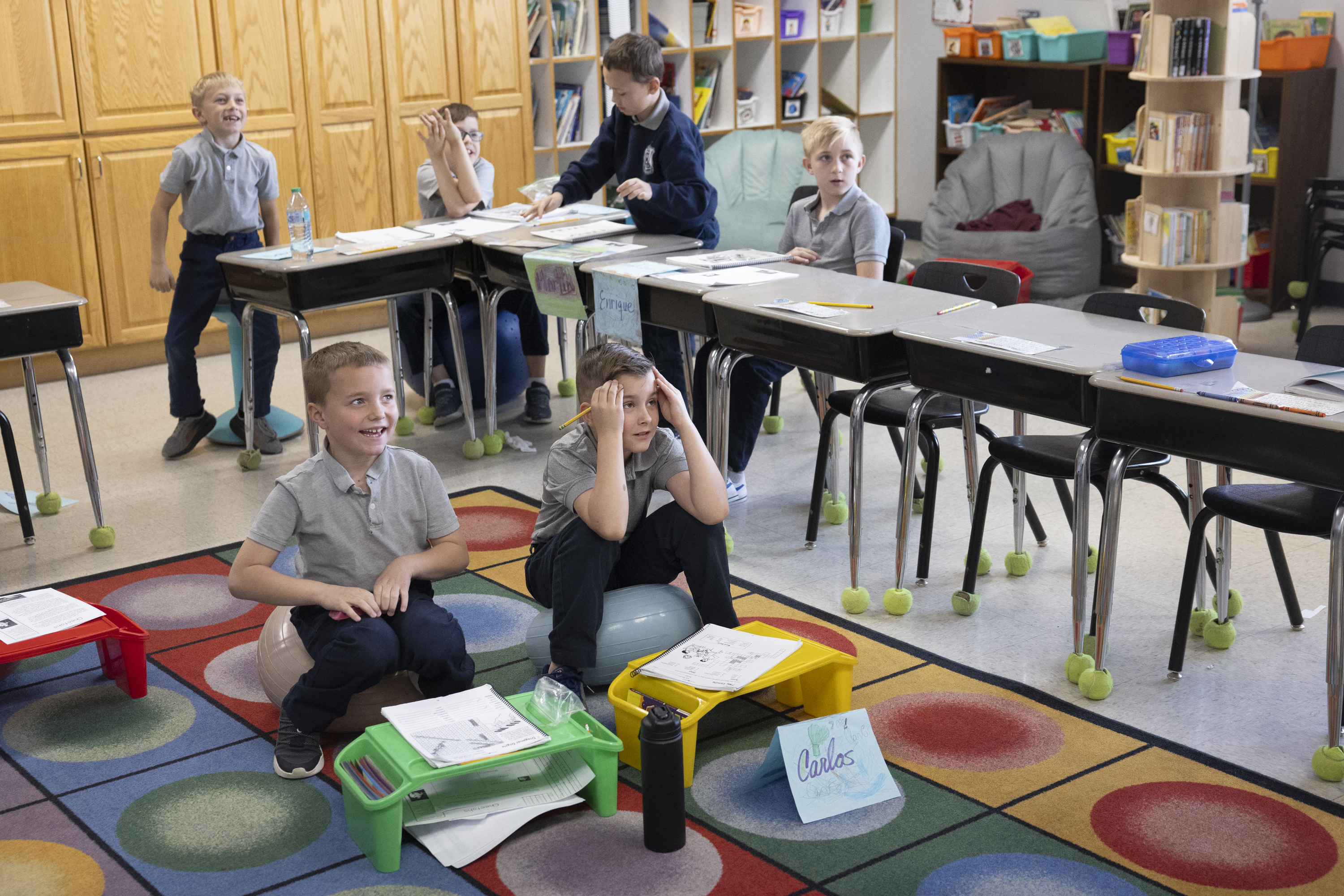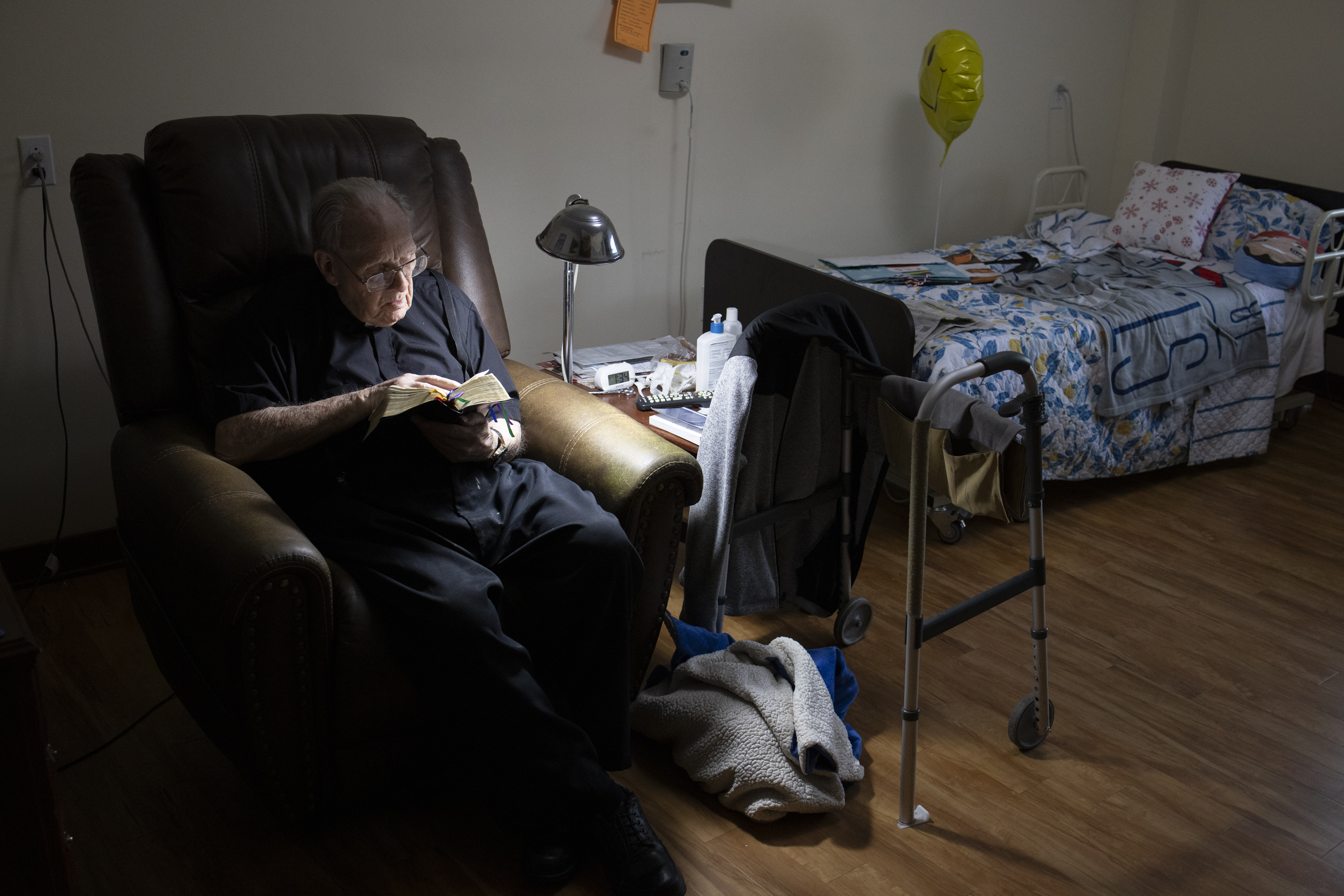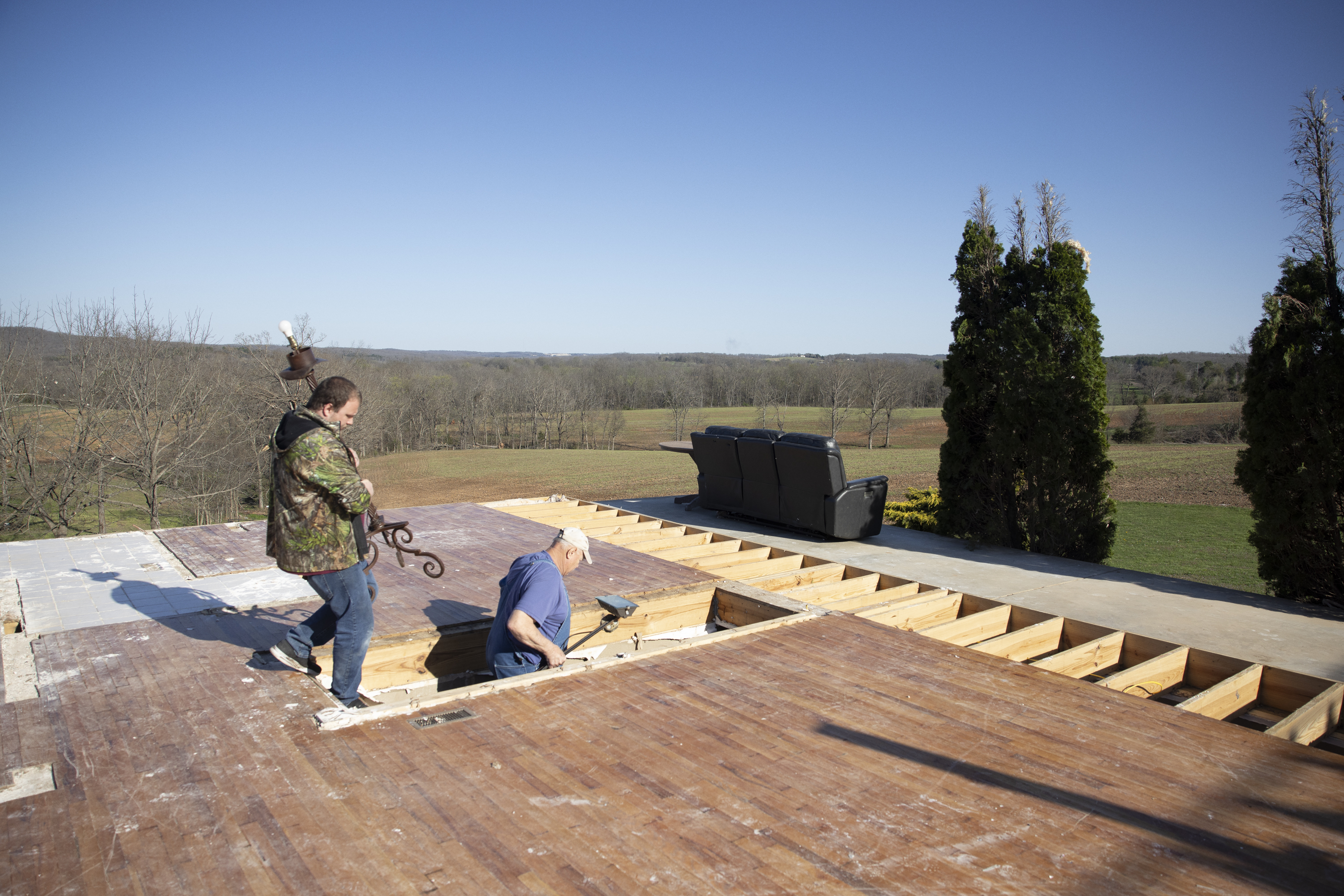A friendly, furry face
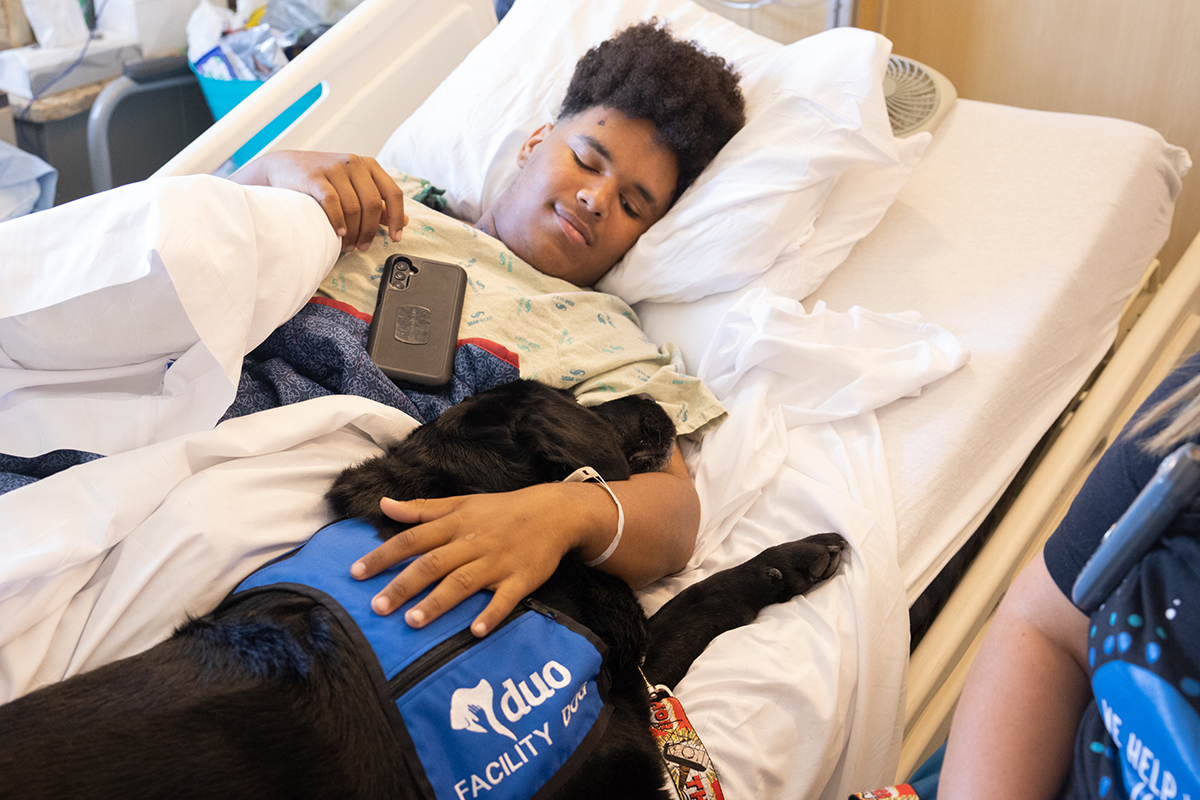
Facility dog Thor helps Cardinal Glennon patients achieve medical goals
When Lyndsey Firle, 12, takes her daily walks around the transitional care unit of SSM Health Cardinal Glennon Children’s Hospital, she prefers to have a furry friend with her.
Duo Dog Thor, Cardinal Glennon’s full-time facility dog, trots alongside her walker, matching her pace as they make two long loops through the halls.
“He’s so cute. I love him,” Lyndsey said, reaching down to pet his head.
Thor, a 7-year-old black English Labrador Retriever, was bred, raised and trained by Duo Dogs Inc., a St. Louis-based nonprofit that trains and connects dogs with individuals, families and communities. He underwent extensive training to prepare for his job at Cardinal Glennon, where he’s been working alongside his handler five days a week — full time, so to speak — as part of the Child Life team since 2019.
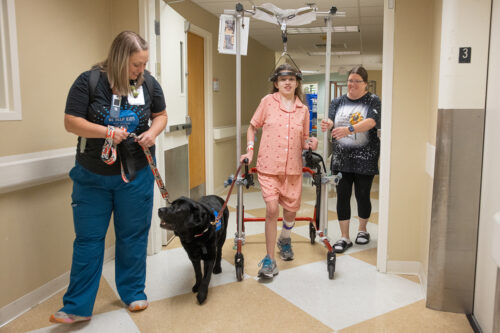
The Child Life team helps patients and families cope with hospitalization, said child life and canine intervention specialist Justine Bautista. “Thor is just another tool that we have to accomplish that goal,” she said.
Thor’s job is different from Touch Therapy dogs, which are brought in by volunteers to simply interact with patients in social group settings. As a working facility dog, Thor helps patients work on medical goals, Justine explained.
For example, “If after surgery, kids have to get up and walk but they’re hesitant, we could bring Thor in and offer to help walk them around the unit, do a scavenger hunt for Thor’s favorite things, and have the kid and Thor find it together,” she said.
Thor is often called upon to help provide non-pharmacological pain management, lying down with a child who is scared or in pain. “Their breathing starts to match his breathing, their heart rate can go down, their blood pressure can go down — everything just starts to match Thor, and it really helps when they’re in a lot of pain,” Justine said.
Hayden Gwin, 14, had been in the hospital for about a week following a car accident that broke his neck, among other injuries. When Thor came for a visit, the dog hopped up on Hayden’s bed and snuggled into his side.
“Hi, buddy,” Hayden said, smiling as he scratched behind Thor’s ears. Before long, Thor’s eyes closed, his breathing steady and calm as Hayden continued to stroke his fur.
Thor’s visits had been helping reduce Hayden’s anxiety during his hospital stay, he said.
“When he comes in here, I kind of calm down, so I’m not really anxious any more,” he said.
Thor can assist when some of the more traditional child life interventions may not be working, manager of child life services Kim Eighmey said. Sometimes his help is the extra push a patient needs to move forward in treatment.
“So we’re able to see more success with those medical goals, and then you multiply that by five kids a day, five days a week over the course of five years,” she said. “It’s incredible to think about the level of success that we’ve been able to have with him.”
As Thor walks through the halls with Justine, patients, families and staff alike pause to smile and say hi.
“He doesn’t even have to have an intervention — he raises the energy,” Kim said. “People smile at him, he helps people drop their guards a little bit, and he just makes Glennon a better place to work.”
Thor has also starred in videos that patients watch while preparing for procedures, such as getting a CT scan or going back for surgery. Seeing Thor lie on the bed, going in and out of the CT scanner, makes it seem a little less scary.
“When they see that a dog can do it, they just instantly feel calmer about this strange place called the hospital,” Justine added.


